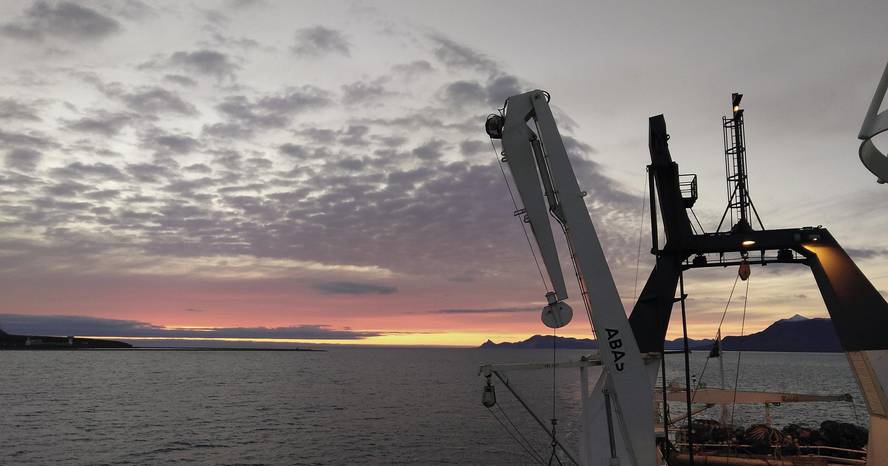They study the impact of patient extraction on the permafrage.
Text created by automatic translator Elia and has not been subsequently revised by translators. Elia Elhuyar
It is known that the increase in the temperature of the earth causes the fusion of the permafrost, which in turn causes the emission of greenhouse gases into the atmosphere. Now, Russian researchers analyze the influence of Arctic oil and gas extraction on the fusion of the surrounding permafrost. The simulations have shown the activity developed over the last 30 years and the results are particularly valid, as more and more energy companies are betting on the Arctic.
The research has been published in the journal Geoscience. It is explained that the oil and gas deposits in the Arctic area are under a 100-500 metre permafrost layer. As hot hydrocarbons rise through the well drilled into icy soil, they heat up (they can reach up to 100º C). This leads to the disappearance of the area permafrost, which incorporates structures, even well and pipes. In parallel, the thawed permafrost releases methane, especially in methane filled areas such as Western Siberia and the Yamal peninsula. According to the researchers, the main Russian oil and gas companies work there.
It has been shown that, in 30 years, a gas well can melt the next permafrost within a 10-metre radius and release up to 500,000 cubic metres of methane into the atmosphere. They also warn that infrastructure also becomes unstable, increasing the risk of fires and explosions. They suggest that these problems can be mitigated by proper design of the extractive infrastructure.






